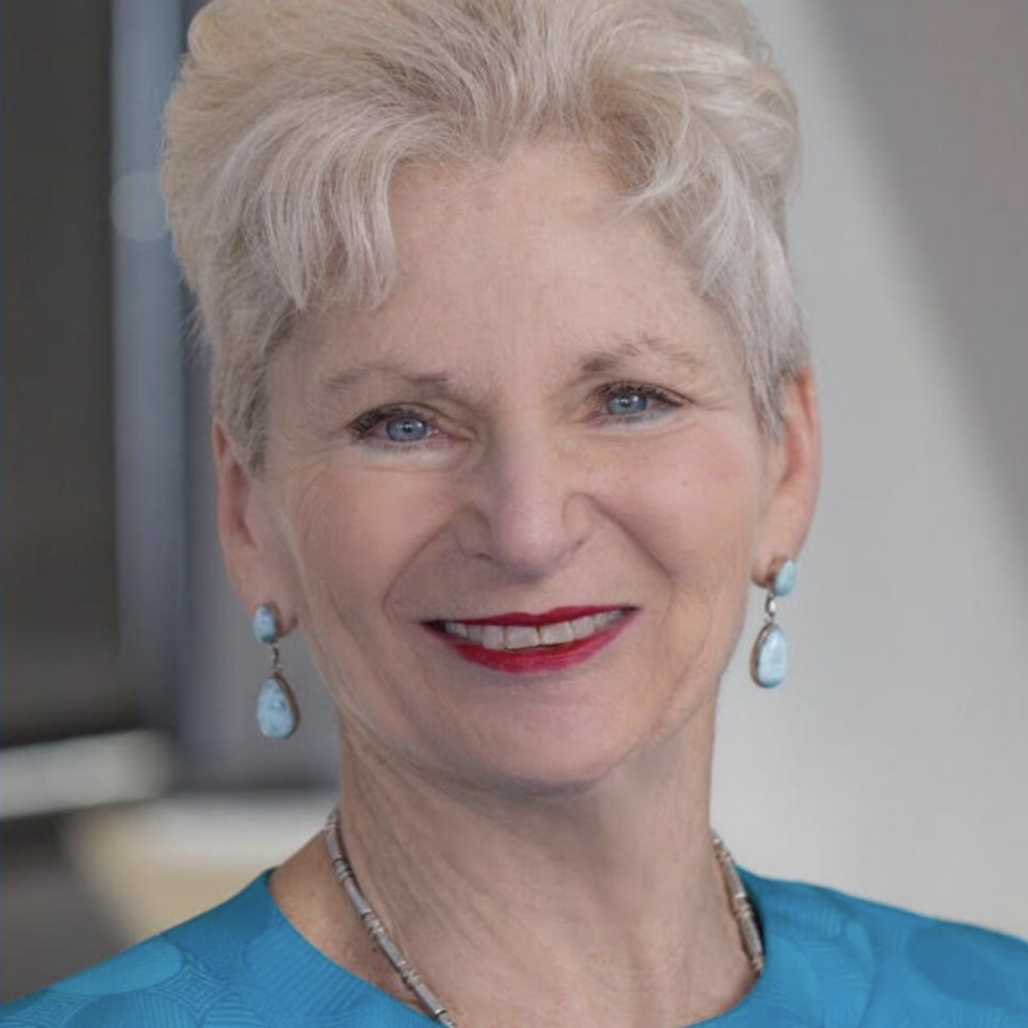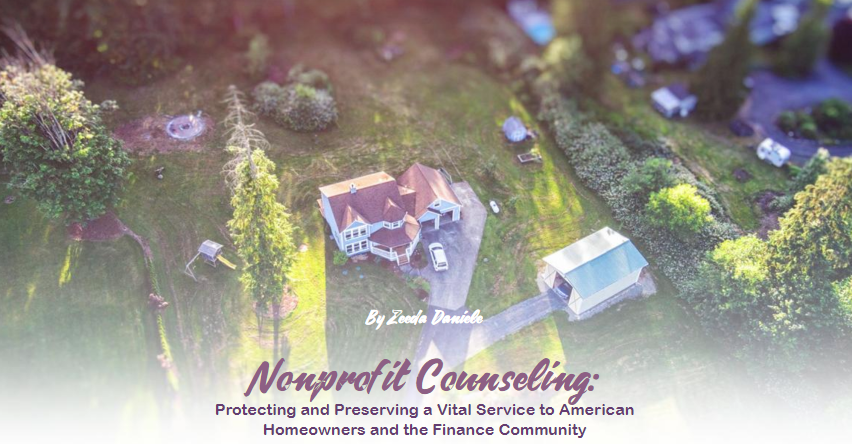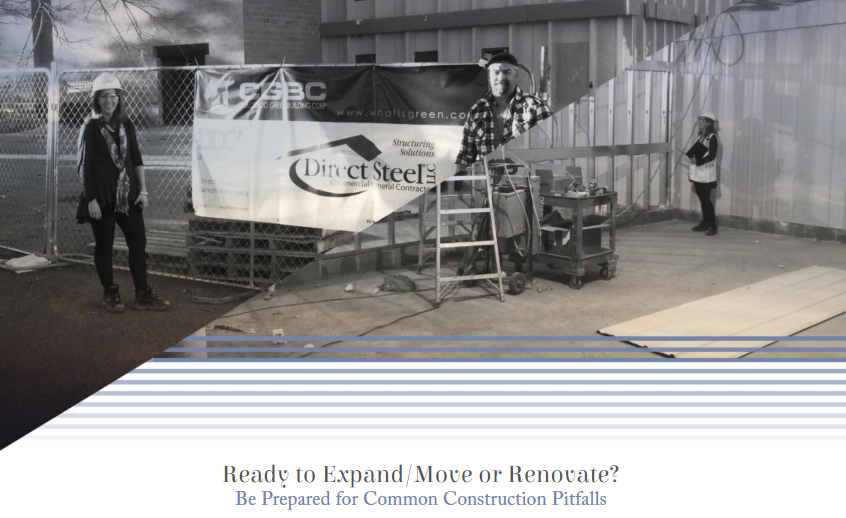How to turn your passion into action from boosting your local engagement or running for office
“This woman’s place is in the House-the House of Representatives”-Bella Abzug
It’s no new news that although we comprise a little over half the human population, women are severely underrepresented in both politics and business. Although great strides have been made and new fissures and cracks appear every day in that storied glass ceiling, for the busy everyday woman, moving from awareness to engagement can seem daunting. Continue reading

 Login
Login

























